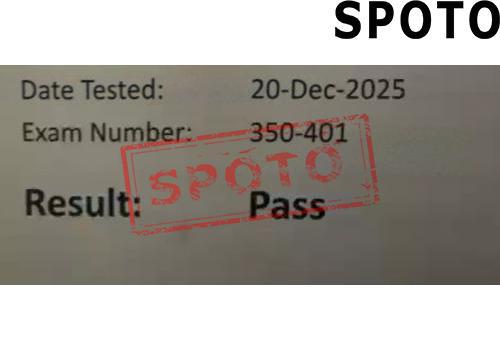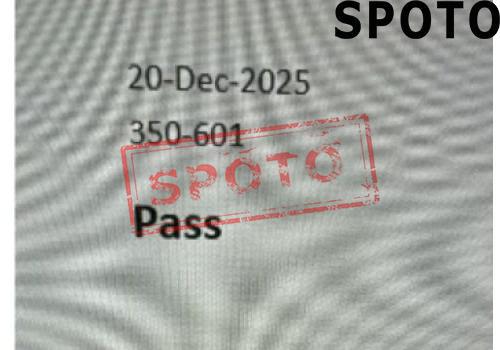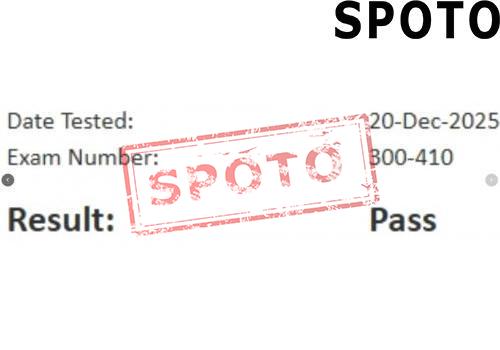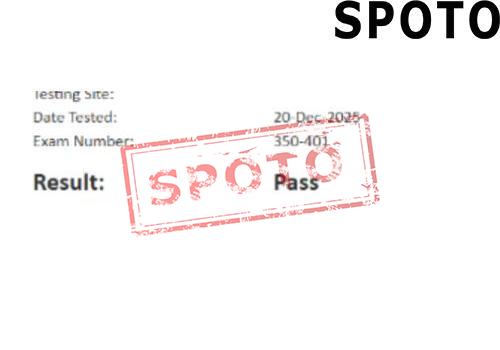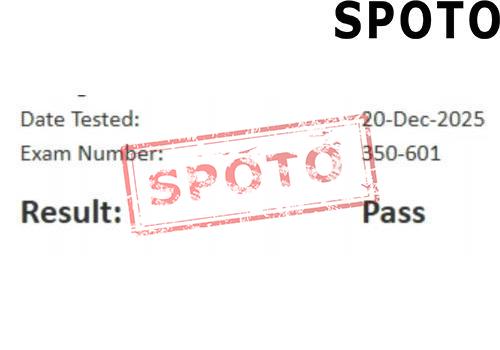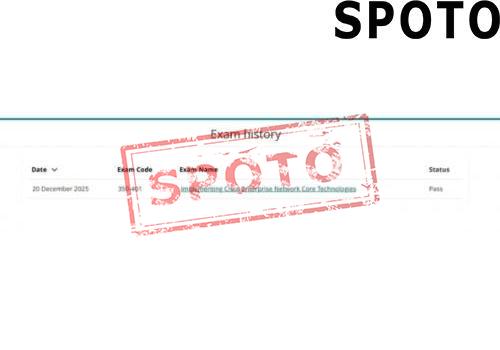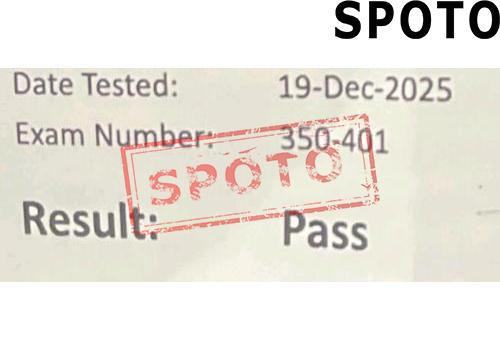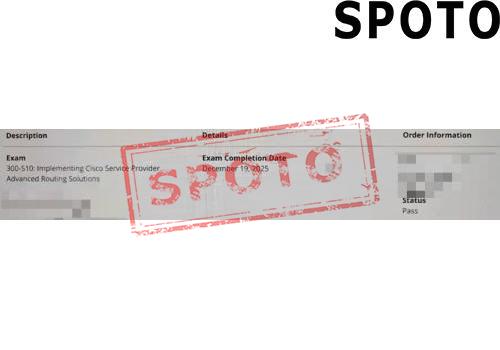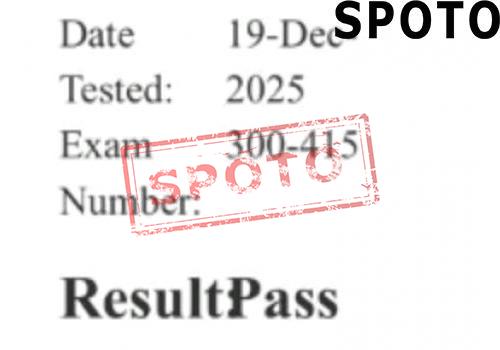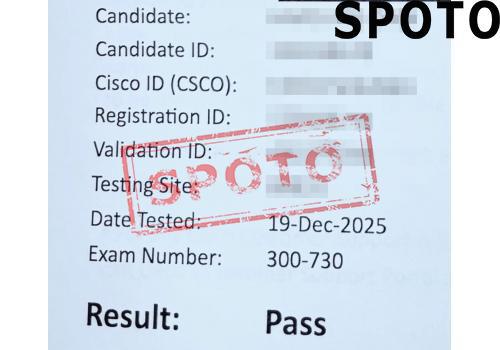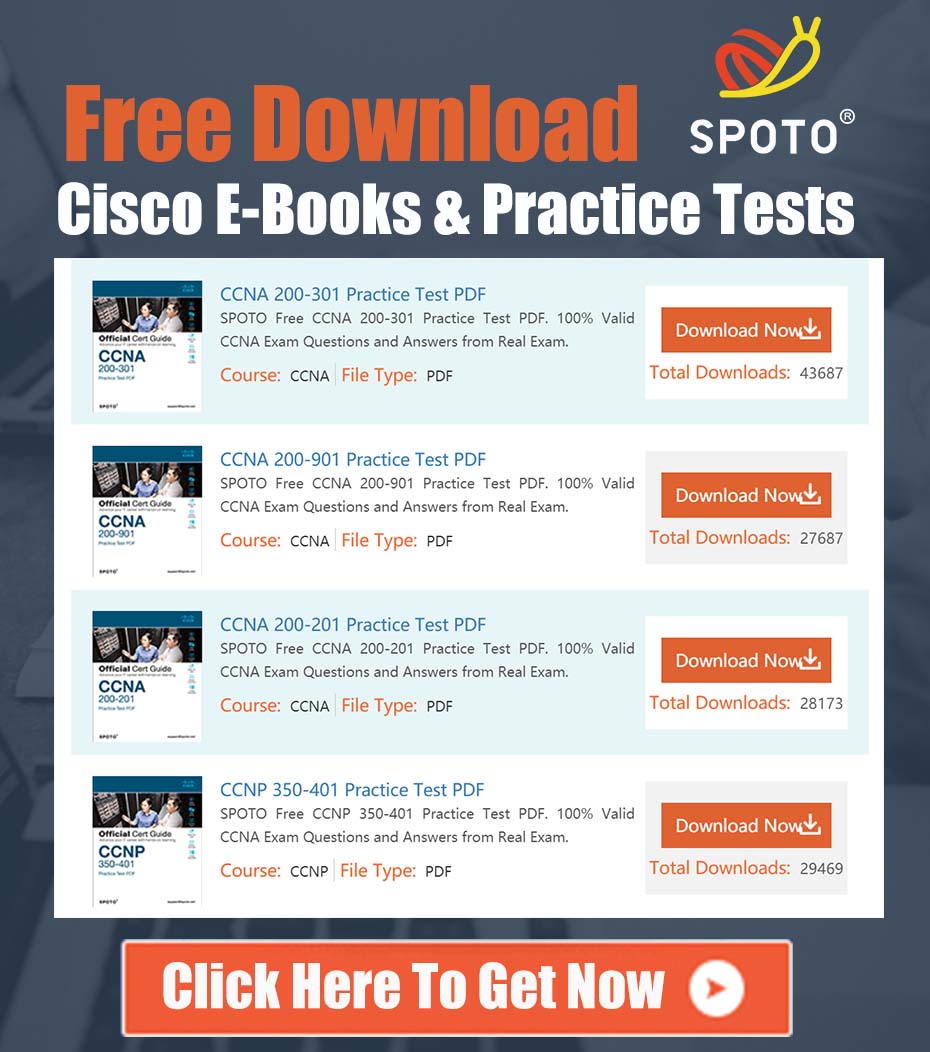
If you're gearing up for the CCNP (Cisco Certified Network Professional) certification, you've probably heard it's a beast. It's not just about memorizing commands; it's about truly mastering networking concepts at a professional level. But here's the thing: Is it going to take you forever to get there, or can you start feeling confident as soon as you finally nail that one tricky topic — subnetting?
In this article, we'll take a lighthearted yet informative look at CCNP preparation, exploring some of the key challenges and strategies that will help you avoid feeling like it's a lifetime of struggle. After all, we know that the journey to the CCNP isn't just about the destination — it's about the skills you pick up along the way. So, let's dive into what it really takes to ace the CCNP exam and make your preparation manageable, even if you're still figuring out how to calculate a subnet.
1. The Subnetting Struggle is Real (But Not Forever)
Ah, subnetting. If you're new to networking, you might think of it as that one exam question that haunts your dreams. But here's the good news: subnetting doesn't have to be the thorn in your side forever. Sure, it can be confusing at first — especially when you're trying to figure out how to break a network into smaller parts and calculate addresses for each subnet. However, once you get the hang of the process, it's no longer a roadblock but a stepping stone to mastering networking.
Tips to Master Subnetting:
- Practice, Practice, Practice: Use online subnetting calculators to check your work and practice subnetting manually until you're comfortable.
- Understand the Theory: Learn about CIDR (Classless Inter-Domain Routing) notation and subnet masks — understanding the theory behind the math will make it easier to apply.
- Use Mnemonics: Mnemonics, like “8, 16, 24, 32,” can help you quickly remember standard subnet mask sizes.
Once you've got subnetting down, it can feel like a major weight has been lifted from your shoulders, and you're finally able to focus on the more complex aspects of the CCNP.
2. The Road to CCNP: It's a Marathon, Not a Sprint
CCNP preparation isn't about cramming the night before. It's a long-term commitment that requires careful planning and consistent study habits. While you don't have to study for a lifetime, you should be prepared to dedicate several months of focused learning.
Suggested Study Plan:
- Months 1-2: Focus on foundational topics such as OSPF (Open Shortest Path First), EIGRP (Enhanced Interior Gateway Routing Protocol), and IPv6.
- Months 3-4: Dive into BGP (Border Gateway Protocol), QOS (Quality of Service), and advanced troubleshooting.
- Final Month: Spend time on hands-on labs, review everything, and simulate exam conditions to prepare for the big day.
The idea is to study efficiently and consistently, so you don't burn out. Trust us — the preparation process doesn't need to feel like it's taking a lifetime, as long as you pace yourself.
3. Get Hands-On: CCNP Isn't Just About Reading
This one's a game-changer: practical experience. While reading textbooks and watching videos is a crucial part of studying, hands-on practice is what will truly solidify your understanding of complex networking concepts.
Hands-On Strategies:
- Set Up a Home Lab: Whether it's a physical lab with real Cisco routers and switches, or a virtual lab using simulators like Packet Tracer or GNS3, having a space to practice configurations is essential.
- Use Cisco's Practice Labs: Cisco offers practice labs that simulate real-world scenarios. These labs will help you develop troubleshooting skills and get used to configuring Cisco devices under time pressure.
- Take Online Courses with Labs: Online platforms like SPOTO provide access to labs as part of their CCNP courses, making it easier to get hands-on practice.
Without this practical application, you're likely to get stuck when you face a real-world issue or challenge. Theory is important, but practice makes perfect.
4. You Can't Escape the Troubleshooting Challenge
One of the most daunting aspects of the CCNP exam is troubleshooting. But, here's the thing — you can't prepare for it in the traditional sense. Troubleshooting is more of a skill you develop as you practice. When you're faced with a network issue, it's not about memorizing solutions but understanding how to diagnose the problem and logically work toward a fix.
How to Tackle Troubleshooting:
- Understand Common Network Problems: Start by learning about common networking issues (e.g., routing loops, IP conflicts, etc.) and how they manifest.
- Practice with Troubleshooting Scenarios: Set up scenarios in your lab that involve problems like routing misconfigurations, VLAN issues, or IP address conflicts, and then work through them.
- Think Like a Detective: Troubleshooting is about asking the right questions: What changed? What was the last working configuration? What does the log say?
Once you develop your troubleshooting skills, you'll approach it with confidence, knowing that no issue is too big to fix.
5. Stay Motivated: You'll Get There Faster Than You Think
The CCNP prep journey is a marathon, but you can get through it without it feeling like a lifetime. One of the most important elements in passing the exam is motivation. You'll face tough concepts, confusing configurations, and perhaps even a bit of self-doubt. But keep pushing — once you start connecting the dots, it becomes a lot easier to see progress.
Motivation Boosters:
- Join Study Groups: Networking with others who are also preparing for CCNP can provide moral support and boost motivation.
- Track Your Progress: Keep a log of what you've studied and test yourself regularly. You'll see improvement, and that will fuel your drive.
- Reward Yourself: Celebrate small milestones. If you finally get a tough topic like BGP or QoS, take a break and reward yourself.
The key is consistency and resilience. The more effort you put into CCNP prep, the faster you'll gain proficiency, and before you know it, you'll be crossing the finish line with a CCNP certification in hand.
Conclusion: You've Got This!
The truth is, that preparing for the CCNP exam doesn't need to be a never-ending process. Sure, there will be times when you feel stuck or frustrated — especially when subnetting trips you up — but once you get through those tricky moments, you'll start to feel confident and capable. The journey may take several months, but with consistent practice, hands-on experience, and smart strategies, you'll be ready to conquer the CCNP exam and move on to even bigger networking challenges.
So, is it going to take a lifetime to get your CCNP? Nope. With the right approach, you'll be there before you know it.
